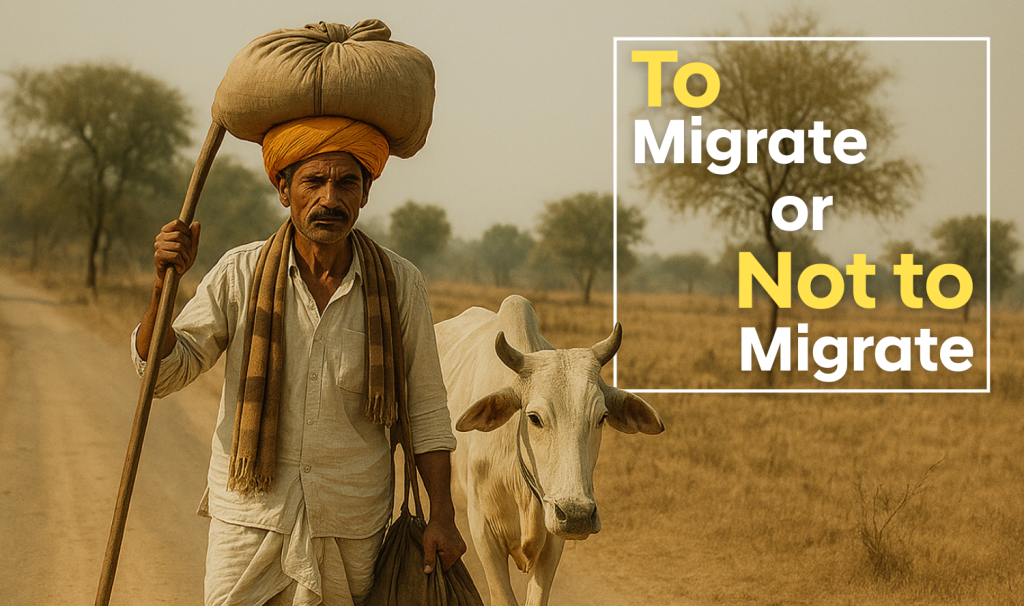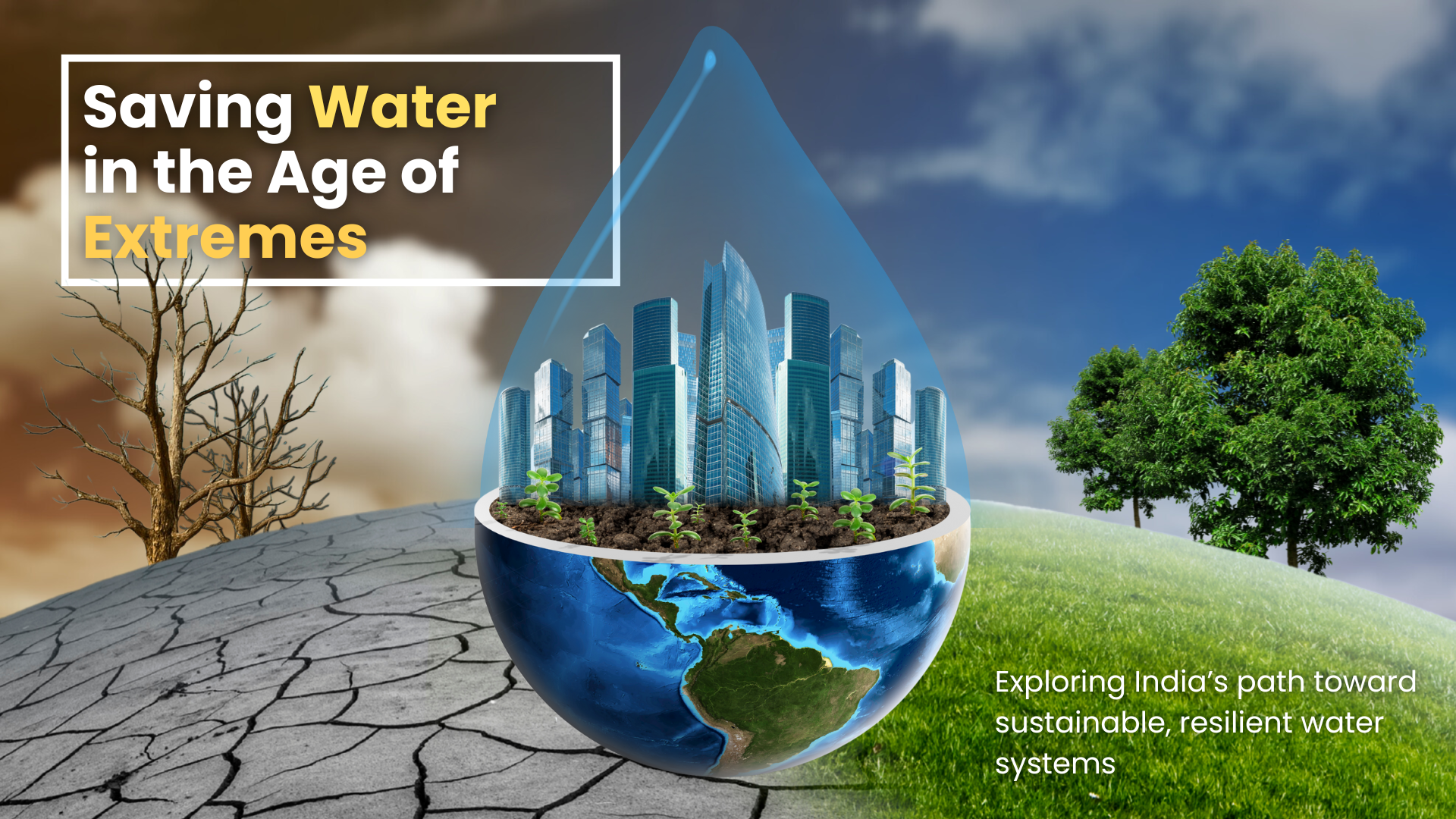
Of the 3 basic necessities – food, clothing, and shelter, food is the most essential thing that human beings require to survive. Thus, agriculture is very important for the world in general, and for India in particular. It must also be noted that agriculture in India contributes about 18% to its GDP.
But climate change has had an adverse effect on agriculture in India. Therefore, rural farming households look for other sources of income.
Out migration from rural to urban areas is an option considered by rural farming households. But lack of proper skills required to survive in an urban environment usually leads to a poor standard of living and poverty. Besides that, too much out migration from rural to urban areas also causes instability and affects the Indian economy.
However, for most households, migration is not always the first option. Local non-farm activities help households to earn additional income and cope with the adverse effects of climate change. Proper access to irrigation also helps farmers and their households to gain from agriculture, with good crop yield, not always being too reliant on the rain.
The question that needs to be answered in this study is – does local non-farm income moderate the intensity of climate change induced migration in India?
The usual studies focus only on the direct effects of climate change on migration, or analyse only one intermediate channel of agriculture.

In this study, the authors Dr. Gauri Sreekumar and Prof. Sabuj Kumar Mandal from the Department of Humanities and Social Sciences, Indian Institute of Technology (IIT) Madras, Chennai, India, and Dr. Anviksha Drall from the National Law School of India University, Bengaluru, India, have taken a different approach by considering the following:
- This study establishes the three-way relationship between climate change, yield, and migration at the household level when the existing studies have focused at district or state level.
- This study offers empirical support in identifying the true impact of climate change on migration while capturing the moderating effect of local non-farm income.
Combining International Crop Research Institute for the Semi-Arid Tropics (ICRISAT) and Village Dynamics in South Asia (VDSA) panel data of households from 32 villages across 8 Indian states for the years 2010 to 2014, along with the weather data from Indian Meteorological Department (IMD), a recursive model was used to investigate the relationship between climate change and migration.
It was found that local non-farm income and irrigation play a major role in moderating the intensity of climate change induced migration in India. Therefore, the government must make efforts to allocate training for livelihood diversification for farmers, and also must invest in efficient technology, water management techniques, and the development of irrigation infrastructure systems in villages.
It must also be realised that migration from rural communities cannot be curbed all at once. Thus, policymakers ought to investigate methods of guaranteeing secure, systematic, and consistent migration. Training should also be given so that these migrants are equipped with minimum skills to work elsewhere and succeed.
Sustainable rural development initiatives are a must to reduce migration by fostering the expansion of service industries such as education, healthcare, communication, finance, real estate, as well as by developing rural manufacturing. Government schemes need to be implemented to help farmers.
Article by Akshay Anantharaman
Click here for the original link to the paper










